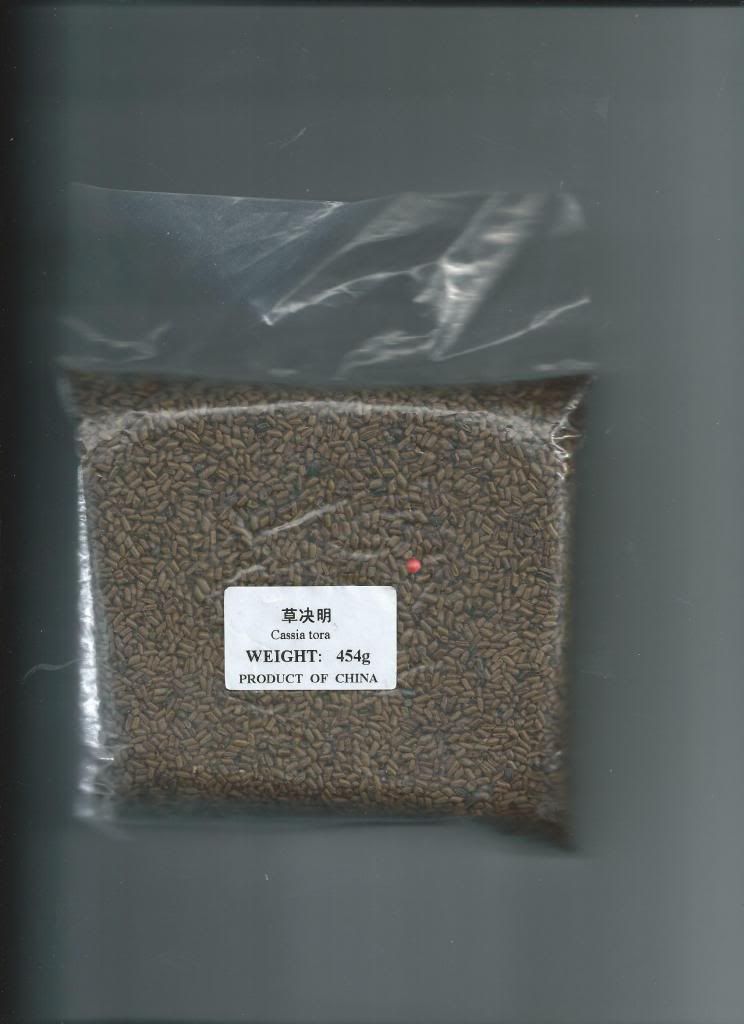baymule
Garden Master
@Pulsegleaner A black eyed red skinned pea? Good question. I've never seen one either, but I am nowhere near the bean/pea expert here! Peas/cowpeas/beans-they're all good!
There is no bone of contention, it is all a big joke between us pea heads, so don't worry about the distinction. Call them whatever you want, I just make jokes about it, that's all. I make fun of myself being a redneck southerner and I don't mind being made fun of, we're all good here.
There is no bone of contention, it is all a big joke between us pea heads, so don't worry about the distinction. Call them whatever you want, I just make jokes about it, that's all. I make fun of myself being a redneck southerner and I don't mind being made fun of, we're all good here.



